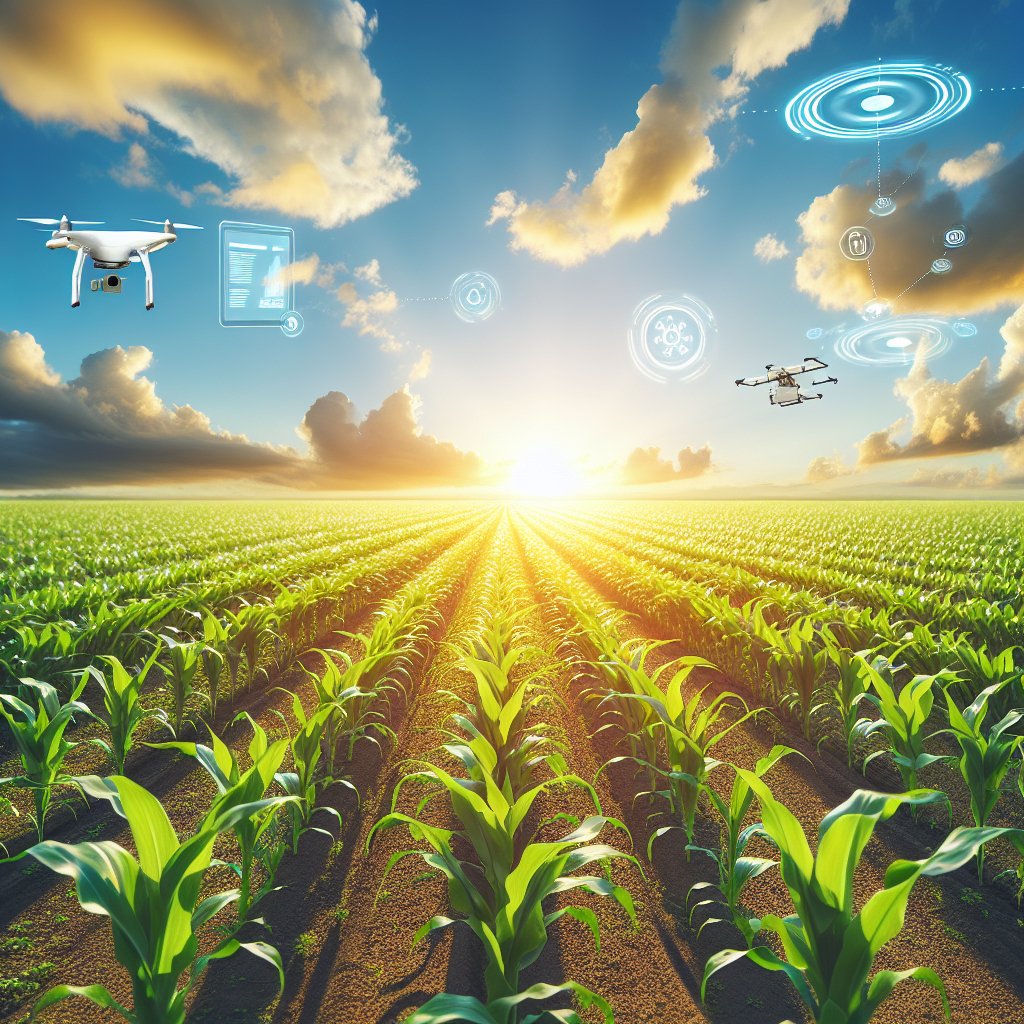Genetic engineering has emerged as a revolutionary tool in the field of agriculture, offering unprecedented opportunities for crop improvement. By manipulating the genetic makeup of plants, scientists are able to enhance desirable traits such as yield, pest resistance, and nutritional content. This article delves into the potential of genetic engineering in transforming agriculture, exploring its benefits, challenges, and future prospects.
Understanding Genetic Engineering in Agriculture
Genetic engineering, also known as genetic modification, involves the direct manipulation of an organism’s DNA to alter its characteristics. In agriculture, this technology is used to introduce new traits to crops that are not naturally present or to enhance existing ones. The process typically involves the insertion of genes from other species, which can confer benefits such as increased resistance to pests, diseases, and environmental stresses.
One of the most significant advantages of genetic engineering is its precision. Unlike traditional breeding methods, which can take years and involve a degree of unpredictability, genetic engineering allows for the targeted introduction of specific traits. This precision not only speeds up the development of new crop varieties but also reduces the risk of unintended consequences.
Applications of Genetic Engineering in Crop Improvement
Genetic engineering has been applied to a wide range of crops, with some of the most notable successes seen in staple crops such as corn, soybeans, and cotton. These genetically modified organisms (GMOs) have been engineered to exhibit traits such as herbicide tolerance and insect resistance, leading to increased yields and reduced reliance on chemical pesticides.
Another promising application of genetic engineering is in the enhancement of nutritional content. For example, “Golden Rice” has been engineered to produce beta-carotene, a precursor of vitamin A, addressing vitamin A deficiency in regions where rice is a staple food. Similarly, biofortified crops such as iron-rich beans and zinc-enhanced wheat are being developed to combat malnutrition.
Challenges and Concerns
Despite its potential, genetic engineering in agriculture is not without its challenges and controversies. One of the primary concerns is the potential impact on biodiversity. The widespread adoption of genetically modified crops could lead to a reduction in genetic diversity, making crops more vulnerable to diseases and pests. Additionally, there are concerns about the unintended consequences of gene transfer to non-target species, which could disrupt ecosystems.
Public perception and regulatory hurdles also pose significant challenges. There is a considerable amount of skepticism and opposition to GMOs, fueled by concerns about food safety and environmental impact. As a result, regulatory frameworks for the approval and commercialization of genetically engineered crops are often stringent and vary significantly between countries.
Ethical and Socioeconomic Considerations
The ethical implications of genetic engineering in agriculture are a topic of ongoing debate. Critics argue that the technology could exacerbate existing inequalities in the food system, as large agribusinesses may dominate the market, leaving smallholder farmers at a disadvantage. There are also concerns about the patenting of genetically engineered seeds, which can restrict farmers’ rights to save and replant seeds.
On the other hand, proponents argue that genetic engineering has the potential to address global food security challenges by increasing crop yields and resilience to climate change. By reducing the need for chemical inputs, genetically engineered crops could also contribute to more sustainable agricultural practices.
The Future of Genetic Engineering in Agriculture
As the global population continues to grow, the demand for food is expected to increase significantly. Genetic engineering offers a powerful tool to meet this demand by improving crop productivity and resilience. Advances in technologies such as CRISPR-Cas9, a precise gene-editing tool, are opening up new possibilities for crop improvement, allowing for even more targeted and efficient modifications.
In the future, genetic engineering could play a crucial role in developing crops that are better adapted to changing climate conditions. Drought-tolerant and heat-resistant varieties could help ensure food security in regions most affected by climate change. Additionally, the development of crops with enhanced nutritional profiles could contribute to addressing global malnutrition challenges.
Collaboration and Innovation
The successful integration of genetic engineering into agriculture will require collaboration between scientists, policymakers, and industry stakeholders. Public-private partnerships and international cooperation will be essential to ensure that the benefits of genetic engineering are accessible to all, particularly in developing countries.
Innovation in genetic engineering is likely to continue at a rapid pace, driven by advances in genomics, bioinformatics, and synthetic biology. As our understanding of plant genetics deepens, the potential for genetic engineering to transform agriculture will only grow, offering new solutions to some of the most pressing challenges facing the global food system.
In conclusion, while genetic engineering presents significant opportunities for crop improvement, it is essential to address the associated challenges and concerns. By fostering an open dialogue and promoting responsible innovation, we can harness the potential of genetic engineering to create a more sustainable and food-secure future.



